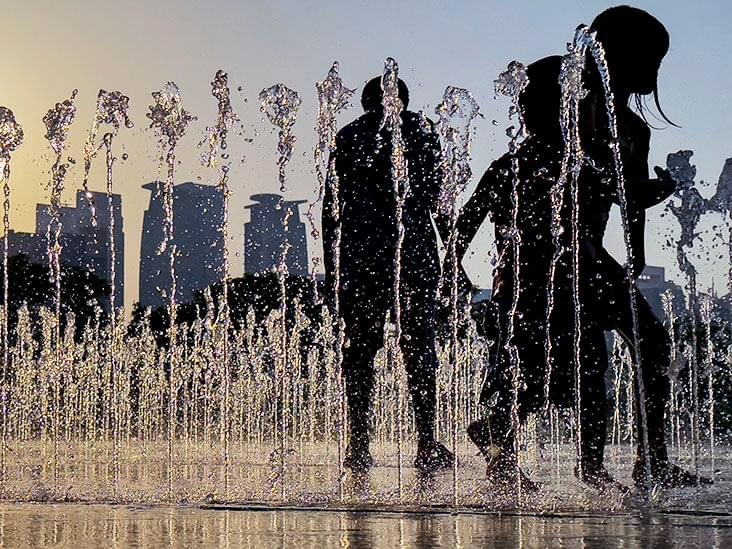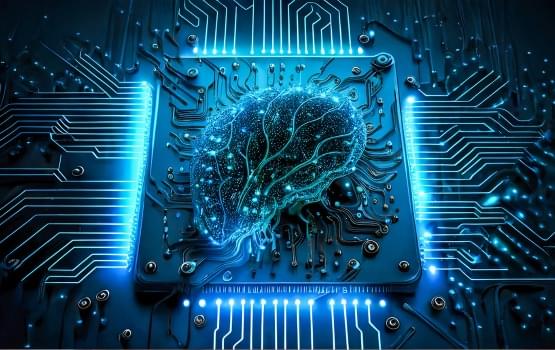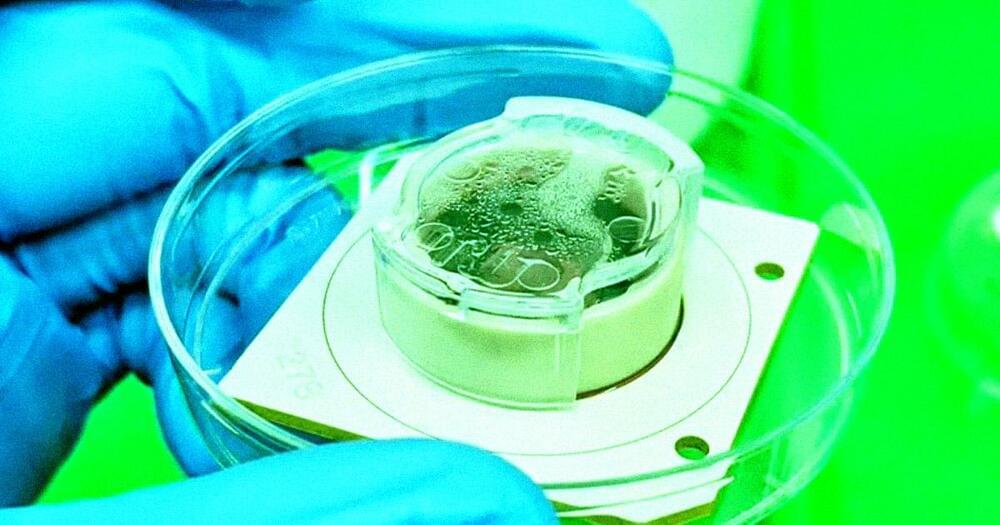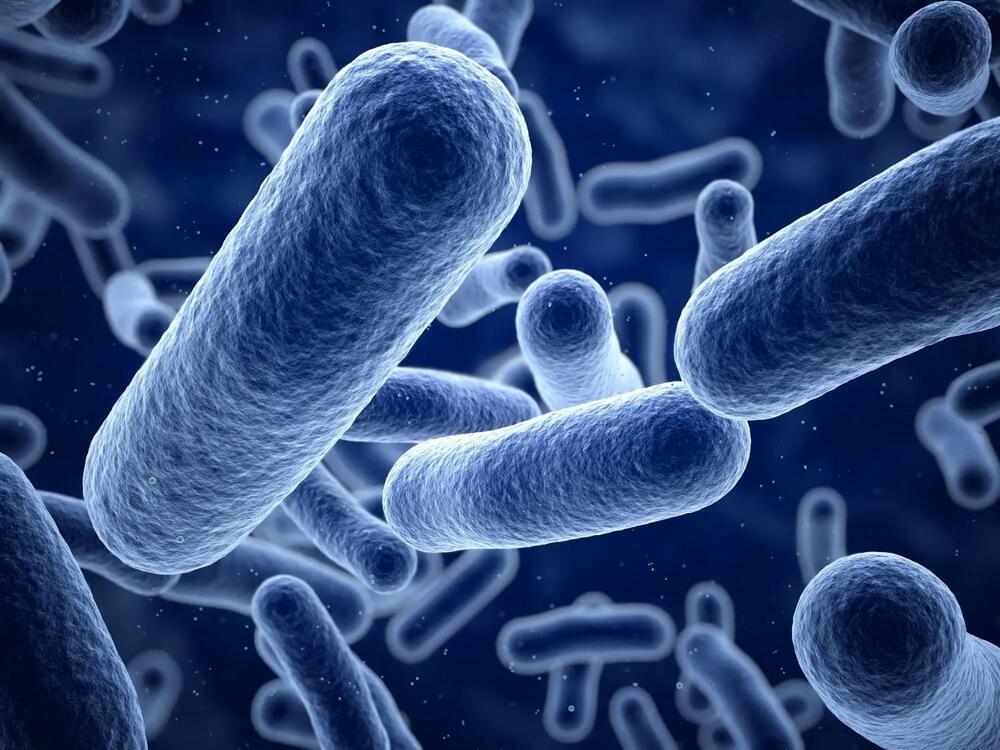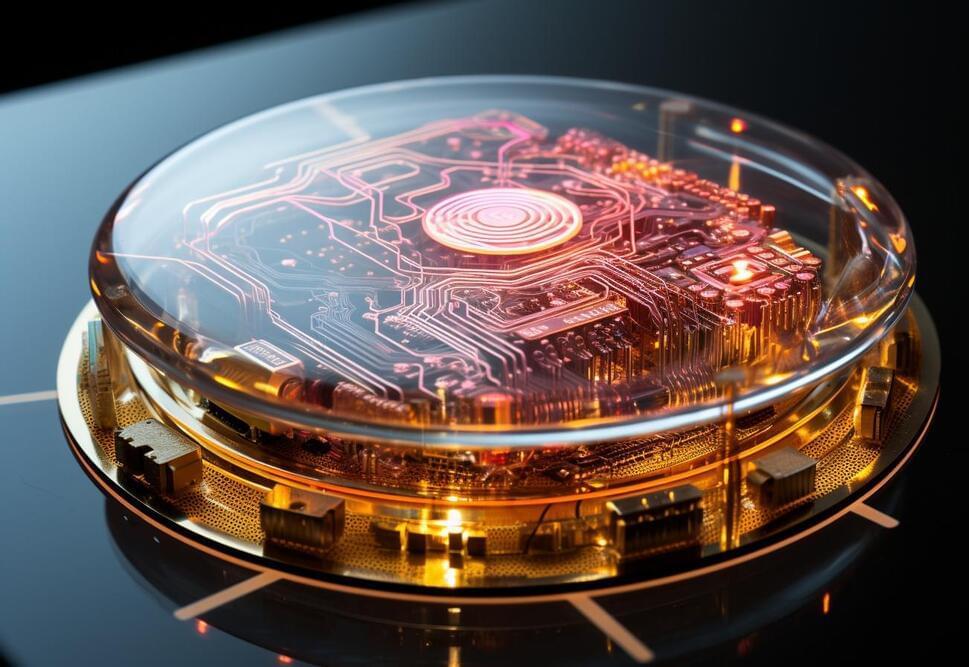In September 2020 we sat down with Robert Sapolsky, Stanford professor and the author of Human Behavioral Biology lectures (https://youtu.be/NNnIGh9g6fA) to discuss if it’s possible for our society to reconcile our understanding of justice with scientific understanding of human behaviour.
Why do humans, most likely, have no free will? How does that link to depression and other psychiatric disorders? Can people accept the idea that there is no free will and start using, what science tells us about the reasons behind our behaviour, as a basis for making sense of justice and morality? If yes, can we even imagine what such society would look like?
This is a third interview with Robert. The first (https://youtu.be/VrQkl7PaA1s) and the second (https://youtu.be/yp9HE5xfojY) talks are available on our channel.
